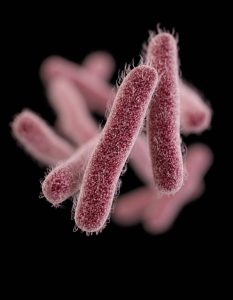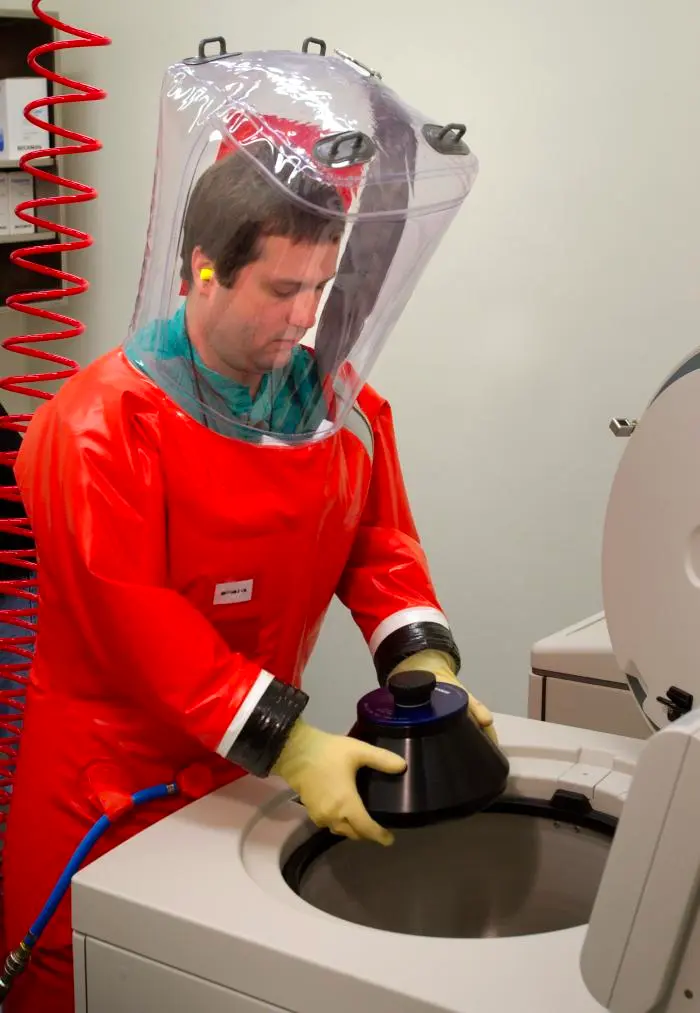The Pandemic Might Have Killed Off Some Flu Strains for Good
Yesterday 1:20PM
Scientists say that two common strains of the seasonal flu have seemingly vanished from circulation, likely due to public health measures like mask-wearing meant to slow the covid-19 pandemic. Though it will take time to confirm the disappearing act, the unexpected good news could make developing next season’s flu shot all the easier.
Every year, various types of the flu spread across the world, usually following a seasonal pattern of colder and/or drier weather. These flus are divided into two broad categories, A and B viruses, which are further divided into different groups. Both can mutate relatively quickly in a short amount of time, but influenza A viruses are the more dangerous variety, since they originally crossed over from animals like birds and can mutate enough to become the next source of a pandemic.
Scientists globally monitor the evolution of flu viruses by testing samples of confirmed flu cases from people who visit hospitals and doctors’ offices (the flu is always around, but it usually doesn’t cause major outbreaks until the typical season). This allows them to predict the likely batch of common strains that will circulate in the coming year and to then produce vaccines geared to provide immunity to those strains. This prediction process happens twice a year, accounting for the Northern and Southern hemisphere.
But since March 2020, we haven’t detected traces of two common flu strains: influenza B viruses belonging to the Yamagata lineage and a clade of the influenza A H3N2 virus, known as 3c3. So it’s possible, though not certain, that they may have gone extinct.
https://gizmodo.com/the-pandemic-might- ... 1847033924

